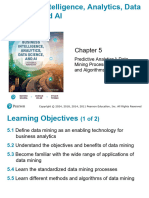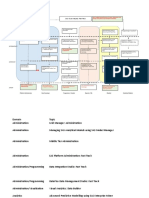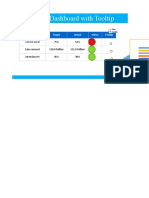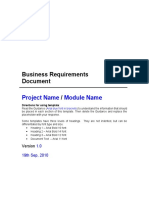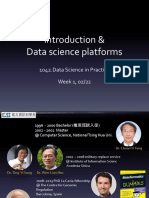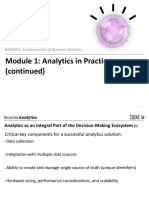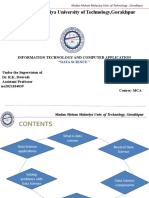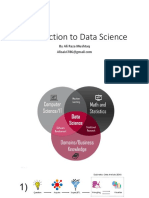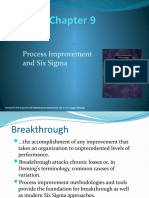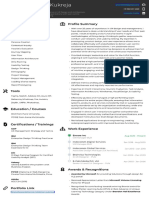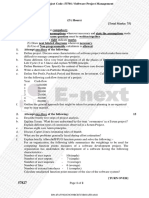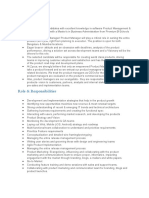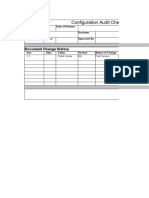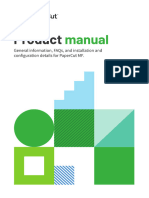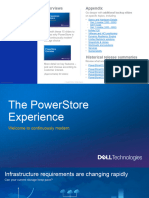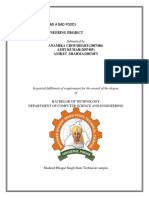0% found this document useful (0 votes)
190 views34 pagesBDM Using AI - Data Driven Decision Making
Based on the data provided, customers who have call duration less than 80 minutes and internet usage less than 300 MB are more likely to churn. Let me apply some machine learning techniques to build a predictive model for customer churn.
Uploaded by
AvrioPaliCopyright
© © All Rights Reserved
We take content rights seriously. If you suspect this is your content, claim it here.
Available Formats
Download as PDF, TXT or read online on Scribd
0% found this document useful (0 votes)
190 views34 pagesBDM Using AI - Data Driven Decision Making
Based on the data provided, customers who have call duration less than 80 minutes and internet usage less than 300 MB are more likely to churn. Let me apply some machine learning techniques to build a predictive model for customer churn.
Uploaded by
AvrioPaliCopyright
© © All Rights Reserved
We take content rights seriously. If you suspect this is your content, claim it here.
Available Formats
Download as PDF, TXT or read online on Scribd
/ 34












